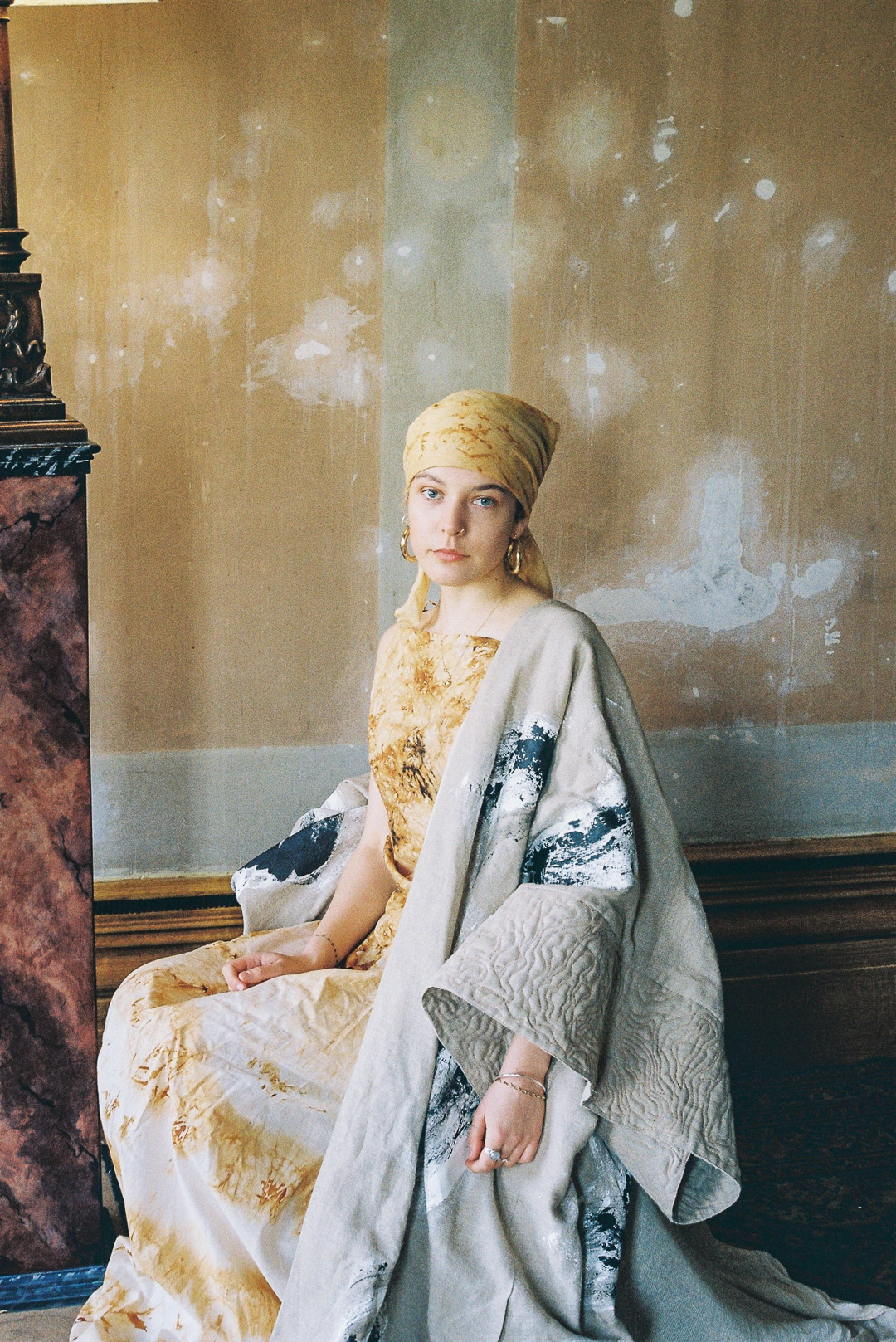 Damien Hirst. The world’s richest living artist. The man that encrusted a human skull with 8, 061 diamonds and sold it for £50 Million.The man that creates art out of animal carcasses. The man that joked about making his grandmother’s body into a work of art when she died.Throughout his career Hirst has courted controversy but the question is, is his art vile or visionary?
Damien Hirst. The world’s richest living artist. The man that encrusted a human skull with 8, 061 diamonds and sold it for £50 Million.The man that creates art out of animal carcasses. The man that joked about making his grandmother’s body into a work of art when she died.Throughout his career Hirst has courted controversy but the question is, is his art vile or visionary?
On Wednesday 5th April a retrospective featuring the majority of Hirst’s work opened at the Tate Modern. Hirst was propelled into the public eye after receiving patronage from the art world mogul Charles Saatchi. Hirst’s shark piece, ‘The Physical Impossibility of Death in the Mind of Something Living’ featured as part of the daring 1997 exhibition Sensation.
Hirst’s career has been shrouded by criticism. ‘A Dead Shark isn’t Art’ was the motto of the Stuckists, a movement that criticised conceptual art. However despite his critic’s heckles, Hirst won the prestigious Turner prize in 1995 for his work ‘Mother and Child Divided’; a cow and calf cut in half and placed in separate vitrines of formaldehyde. Receiving his award, Hirst notoriously said “its amazing what you can do with an E in A Level art, a twisted imagination and a chainsaw.”
On entering the Tate exhibition one is confronted by a photograph of a teenage Hirst posing in hysterics beside a severed head of a middleaged man. Hirst literally laughs in the face of death, and it is this uninhibited confrontation of mortality that has led many to deem his work as disrespectful. Death is a terrifying concept to humans; it isn’t talked about, it’s the elephant – or the shark in this case – in the room. By making a mockery of death in works such as ‘For the Love of God’, Hirst challenges us to confront it. He said of his famous skull covered in diamonds, “I just want to celebrate life by saying to hell with death.”
Behind Hirst’s audacious attitude, I believe he has a deep understanding of both human psychology and philosophy. This is evident in his work; his shark for example, really does express the incomprehensibility of death to a living person. As an animal that mankind associates with death, it represents our fear of dying. By showing us the brutality of death, Hirst shows us the beauty of life. His piece ‘A Thousand Years’, a glass vitrine incorporating a decomposing cows head, a fly zapper and vast quantities of flies is juxtaposed next to an installation called ‘In and Out of Love’, a room teaming with living butterflies, the ultimate symbol for the fragility and sensitivity of life.
Many have called Hirst a ‘con artist’ but Hirst is a clever man: he utilizes primal curiosity and his work brings us closer to understanding what it is to be human. I was once a Hirstsceptic but I too was drawn to the exhibition by curiosity and left feeling surprisingly enlightened. ‘Damien Hirst’ runs at Tate Modern until 9th September 2012.



